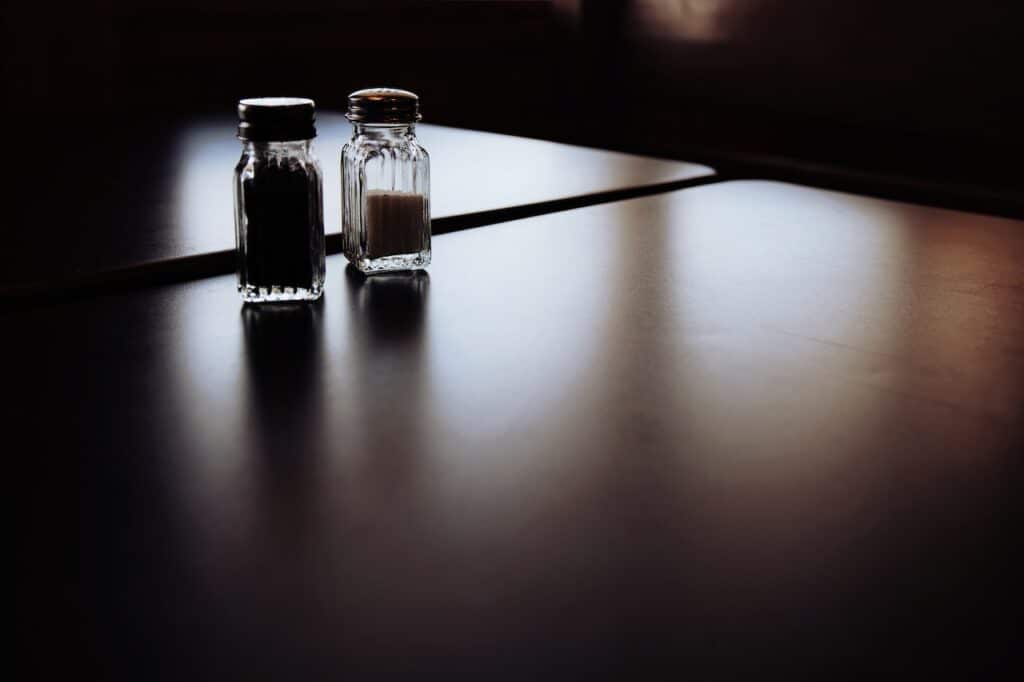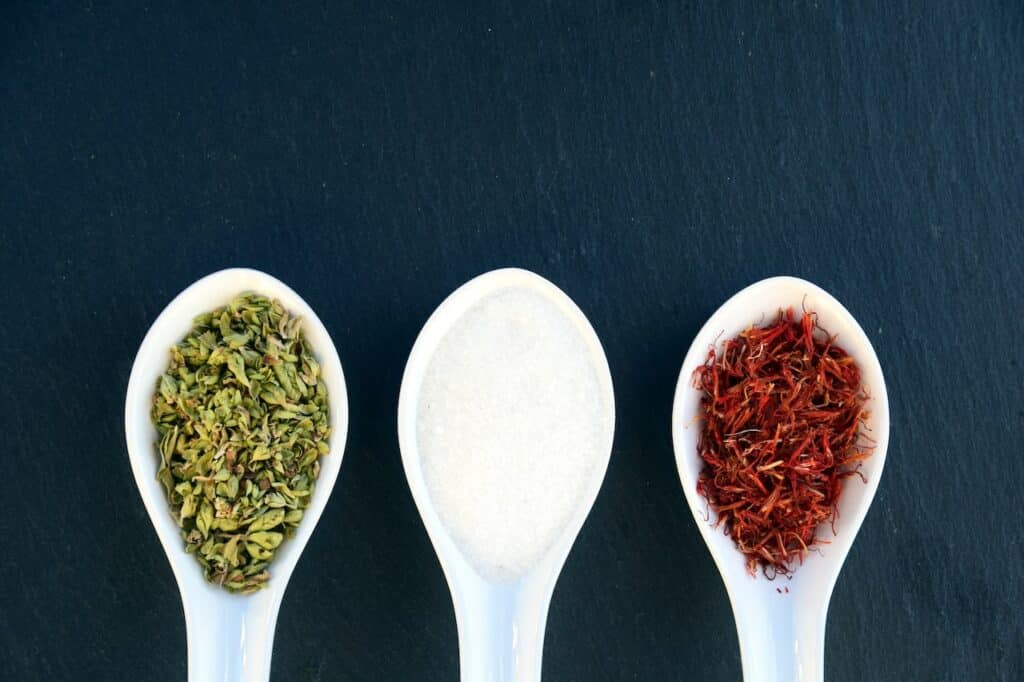[Article updated on 19/09/2023]
How do you like salt? Big or thin? Gray or white? Sailor or not? Natural or herbal? The offers are varied, the market is booming, but is salt good for us? And if he wants us harm, what are the alternatives?
Is salt really useful for us?
Salt is essential for the proper functioning of our body. It regulates our nervous and muscular systems, and allows us to assimilate minerals and trace elements. It does not come from our body, so it must be provided by our food or drinks.
Our body needs 2 grams of salt per day and WHO recommendations recommend not exceeding 5g per day.
Unfortunately, the French consume on average 10 grams per day…

Where is this salt generally found?
It is found in water, fruits and vegetables, cheese, bread or cold meats, and also in prepared dishes, unfortunately, because that is where the problem lies: the agro-food industry uses it and abuse to give flavor to their preparation and retain water which makes it possible to have heavier dishes and therefore sell them more expensive!
He also uses and abuses it because salt improves the preservation of foods such as bread or cold meats because it has properties that destroy bacteria (for cheese and bread, in particular).
Even for desserts, biscuits and other sweets, salt is used excessively because it enhances the sweet taste of foods.
And the problem is that, in too high a dose, salt is harmful to our health.
For example, it aggravates certain problems like osteoporosis and fluid retention and leads to increased blood pressure and the risk of cardiovascular disease.
Please note: studies have shown that around 80% of our salt intake comes from our food (naturally or added), 20% from our salt shakers…
Any tips for reducing our salt consumption?
It is important to reduce your salt consumption: did you know that if we consumed 30% less salt, there would be 20,000 or 30,000 fewer deaths per year in France all the same?
Awareness-raising actions aimed at food manufacturers, bakers and charcutiers were carried out.
For certain products, the results are encouraging: dehydrated soups (less 48%), ravioli (less 25%), cornflakes (less 17%), puffed rice (less 16%).

For the rest, here are my tips:
Read the labels
Reading labels helps you avoid making mistakes about the salt content of a food.
Just like sugar, salt is hidden in products that we don’t necessarily suspect!
Choose products marked “low sodium” or “salt”, “sodium-free” or “no added salt”.
Also look for the “Health Check” symbol which indicates that the product does not exceed the maximum sodium recommended by the Heart and Stroke Foundation program.
Home cooking to be preferred
Already prepared industrial products generally contain a lot of salt, which is used to preserve them better and to enhance their taste. Cooking at home gets around this problem: it’s up to you to decide how much salt to add to your dishes.
Foods to consume in moderation
Reduce the consumption of foods with a high salt content, such as cheeses, cold meats, bread, cereals, biscuits, packaged soups and bottled salad dressings.
15 ml of commercial salad dressing contains on average 100 mg of sodium.
Please note: just because a food does not have a pronounced salty taste does not mean it does not contain a lot of sodium.
Attitude at the table
Do not keep the salt shaker on the table. Salt meals before serving them. Then, don’t add salt to your plate. This will allow you to maintain some control over the amount of salt in your meals.
Flavor with herbs or spice up with spices
Herbs also enhance the flavor of your dishes, and we can add them to our fresh or dried dishes, which makes them easier to preserve.
Spices like turmeric, cumin, ginger and cinnamon have a powerful taste that enhances dishes. Several spice blends exist and they contain little or no salt.

Can other products replace salt?
Dietary salt which has a taste similar to table salt is composed of mineral salts (1/3 sodium chloride and 2/3 potassium chloride).
Unlike salt, it does not cause retention and even has diuretic power. But be careful not to overconsume it.
There is also gomasio, originally from Japan, it is made of sea salt and toasted sesame and sometimes contains seaweed. Its salt content is very low (barely 10%) and its taste is pleasant. Only drawback: it cannot be cooked. It can therefore be used in salads and vinaigrettes.
Also from Japan there is black seaweed, used in making sushi. Sprinkled on meals, this seaweed will give a slightly iodized flavor.
You can also consume crazy salt: it is a mixture of spices and aromatics which comes from the Ile de Ré. It is tasty and has a very low salt content. Among its constituents we find gray, red and white pepper, vsoriander, pink berries, thyme and rosemary.
TO SUM UP
- Salt is essential to our body
- Overconsumption of salt is bad for our health
- Replace the salt with spices, herbs, gomasio or crazy salt
- Reduce the consumption of cheese, bread and industrial preparations
